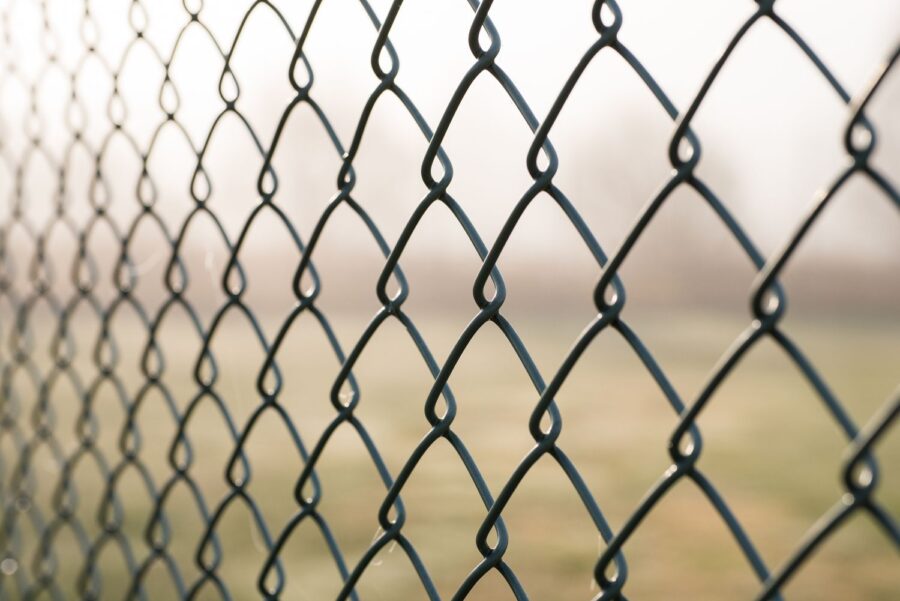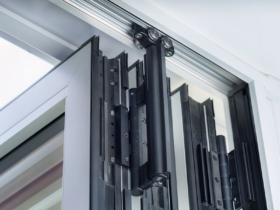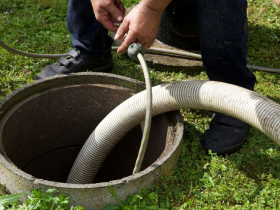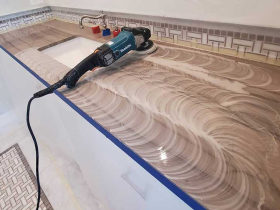How to Choose the Right Type of Wire Fencing?

Creating a secure outdoor space is an increasingly important concern for homeowners and business owners. One of the most effective ways of achieving this is by installing wire fencing to keep out unwanted guests. However, with such a wide range of wire fencing available on the market, even experienced do-it-yourselves can find it challenging to select the right type for their specific needs. This guide explains in simple terms what to look for when choosing wire fencing for your particular situation.
Mesh Wire Fences
When it comes to garden fencing in Leeds, you don’t want to be short-changed. You should hire a fencing contractor who have a good reputation, install high quality fencing, and charge reasonable rates. Companies Like Leeds Garden Fencing are the best fencing company in the area. Protect your property from intruders and trespassers with the best wire fencing material for your needs. For example, if you have a particularly tall garden or need to keep larger animals in, the pleated mesh may be what you’re looking for. Pleated mesh is lighter than welded wire mesh and can provide a substantial deterrent without sacrificing much in terms of the enclosure. On the other hand, you also want to ensure that any possible animals aren’t going to be able to climb over or burrow beneath your enclosure. Heavier, hugger mesh wire fencing will prevent this and provide a higher level of security overall – all without taking up too much room within your property.
Welded Wire Fence
Whether it’s for keeping animals on your premises at bay, helping to store items in the warehouse area, or providing a bit of privacy in your back garden, wire mesh is a versatile solution that can be tailored to suit a wide range of uses. This makes them popular in commercial and industrial sectors, where security and privacy are paramount.
Welded wire fences are made of horizontal steel wires woven together with vertical steel wires. The horizontal wires are attached to the posts at a slight angle, while the vertical wires are attached perpendicular to them. This creates a diamond-shaped pattern that makes it difficult for someone to climb over or cut through. They’re also a popular choice with domestic users who want to keep pets inside the boundary of their property while not having to deal with the maintenance that comes with wooden fencing or brickwork.
Barbed Wire Fencing
Barbed wire is a woven product formed of thin, sharp-edged strands. Each strand is individually attached to steel stakes or hooks with square or rounded heads that are driven into the ground at close intervals. The barbs make it difficult for people and animals to climb over or under without getting pierced. It’s versatile, affordable, and doesn’t require upkeep—there is no painting or sealing required, and unlike wood fences, it won’t rot. Today, barbed wire fencing is mostly used for containing livestock like horses, cows, and sheep on farms or ranches where large areas need to be fenced off from predators such as coyotes and wolves.
Chain-Link Fencing
Though it’s not the most aesthetically pleasing option, chain-link fencing is an excellent choice for many residential and commercial settings. It’s made up of interlocking steel wires that are usually galvanized for resistance against rusting. Chain link is also often used in pet runs and dog kennels to keep these animals contained behind an enclosure, though the fence must be high enough to prevent them from jumping over it, and you’ll need to anchor the fence well to prevent your pet from being able to push it down.
These fences are available in different heights and styles, such as lattice or privacy fences. Depending on your needs, they can be used to enclose an entire yard or only a section of it. Chain-link fencing is usually sold by the roll and comes in various heights, depending on your needs and where you plan on installing it. You’ll also need clips or connectors to hold the fence securely together.
Coiled Wire Fences
Coiled wire fences are made from helical strands of steel wire that are welded together at the ends. They come in different thicknesses and sizes depending on their intended use. These fences are generally used to keep animals like horses or cattle inside their property boundaries without sacrificing too much visibility for visitors and guests. Coiled wire fences are most commonly used as horse fencing because they allow the animals to see what’s happening outside but keep them contained within a particular area. These fences can also be installed using wooden posts or T-posts, giving you more options for setup. A coiled wire is also very easy to install by yourself and doesn’t require any special tools or training!
Final Thoughts
The differences among the various wire fencing types can be subtle, but they’re all essential to consider. Be sure to thoroughly research your options and think carefully about what your fence will be used for before choosing which type of fence you want. A well-designed fencing system can be an aesthetic asset, but that’s only if you choose the right product. Tata Aashiyana offers a wide variety of wire fencing options to make this decision easier, giving your project the type of security and style, it deserves.
Infographic created by First Fence Company, Offering Quality Aluminum Panel Fencing in Chicagoland
Leave a Reply
You must be logged in to post a comment.

















Leave a Reply